Offsetting projects such as forestry schemes often contribute some of their credits into a buffer pool that acts as an insurance mechanism against hazards such as fires or diseases. If such hazards occur (and thus the carbon absorbed by these trees get released), the buffer pool can safeguard the carbon savings linked to the offsets; this is important for carbon offsets because under California rules, carbon savings linked to offsets need to be guaranteed for at least 100 years.
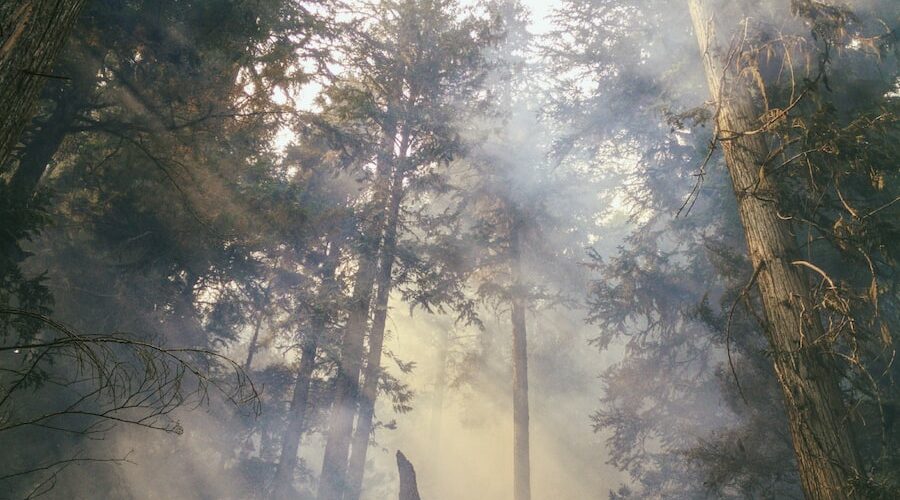
However, in just 10 years, wildfires have destroyed almost all the buffer forests designed to last 100 years, making it virtually impossible that these carbon offset buffers will last the next 90 years, especially as forest fires risk getting worse.
So what?
The findings that show that most of California’s carbon trading systems’ 100-year buffer have been wiped out have questioned the efficacy of forest carbon offsets programs, especially as risks such as forest fires and increased disease and pest prevalence are likely to worsen in the years to come. In the near term, such risks and their impacts might inform the insurance mechanism which has been found to be severely undercapitalised.
However, the implications of these findings extend much deeper, posing questions to the very act of forest carbon offsets. Might there be more efforts placed into mitigating wildfires which gives greater consideration into indigenous ways of forest management, or the diversity of crops that are planted or protected for offsets? Might forest offset efforts shift to regions with lower fire or disease risks? Or might those efforts be too little too late given increasing wildfire and disease risks in many parts of the planet? Could such setbacks in the carbon offset programs direct more effort towards mitigation by direct carbon emissions reductions rather than by the use of offsets?

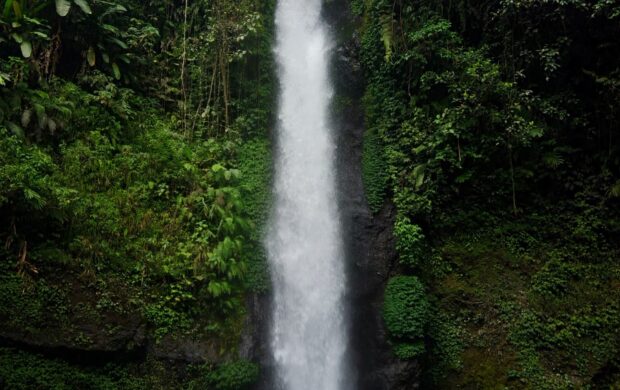

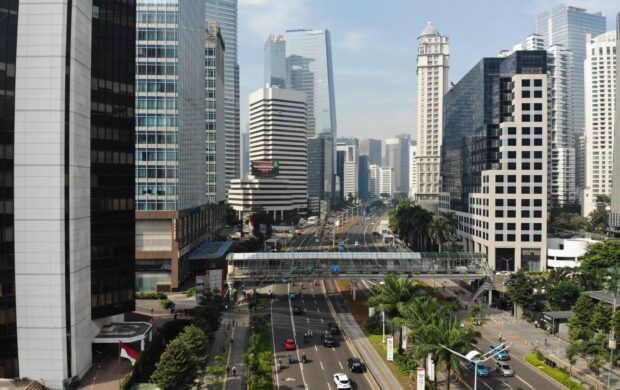
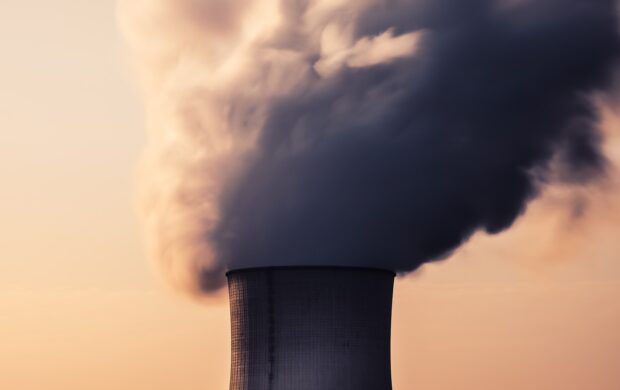
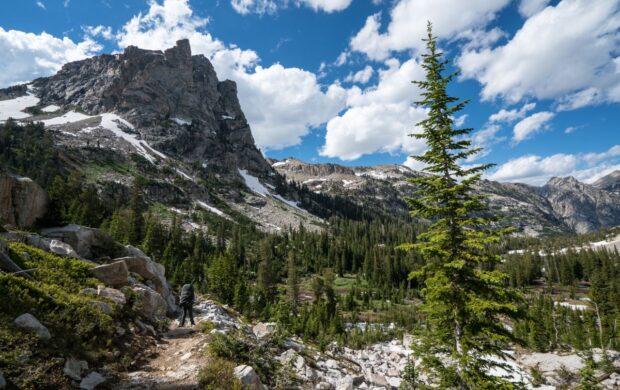

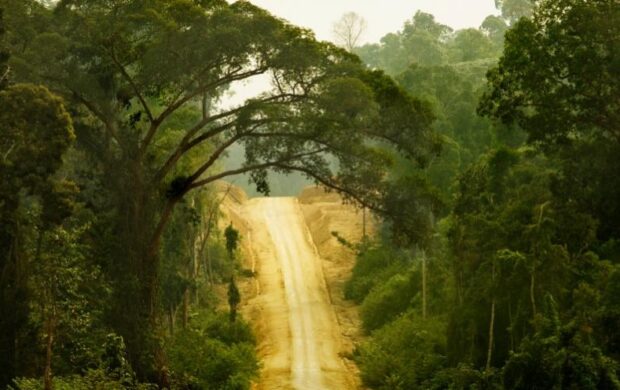
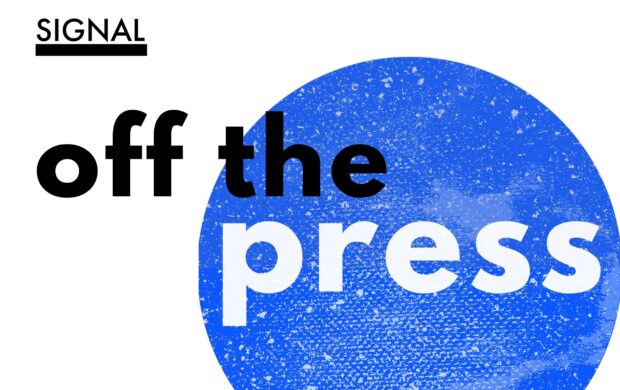



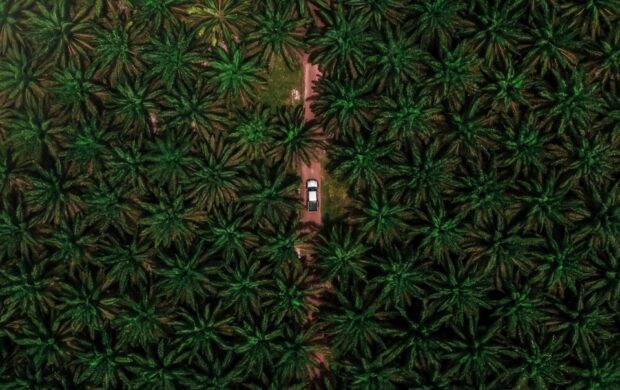
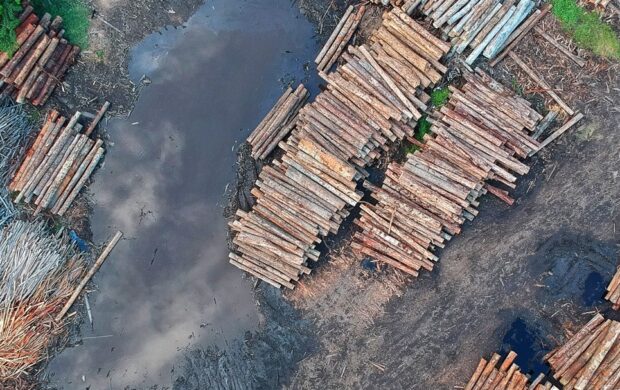

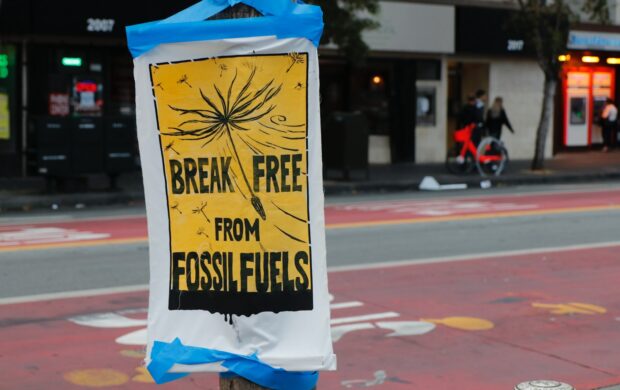
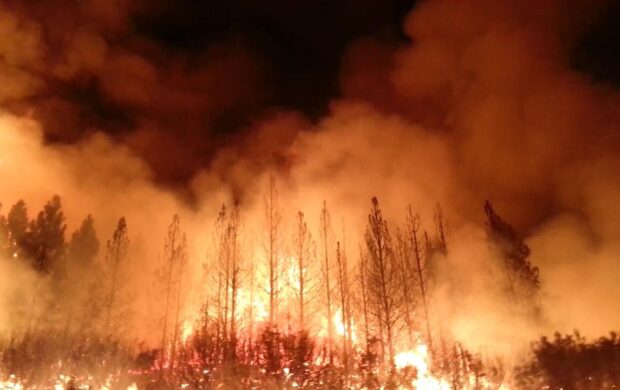
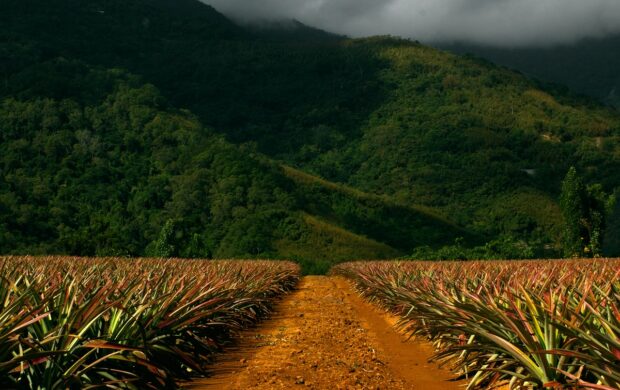


Join discussion